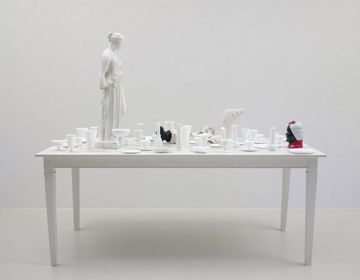In the New York Times last week, Nicholas Kristof reported that the richest 1 percent of Americans now take home almost 24 percent of the income, up from 9 percent in 1976. One percent gets paid almost one quarter of the payroll. He goes on to say that the United States most likely has a more unequal distribution of wealth at this point than countries long known for it, such as Nicaragua, Venezuela and Guyana.
Recently, the film Waiting for Superman attempted to explore inequality in American schools by choosing to focus a great deal on the painful process of school lotteries. Lesley Chilcott, the film’s producer , was quoted in a recent article on NOTwaitingforsuperman.org that, “We chose the lottery as the spine of the film because it was the cruelest metaphor we could find to represent the crisis in public education.” Other metaphors went untouched, such as the inequity in financing public schools as well as who is benefitting in the rush to create more and more charter schools.
Exploring inequality in the classroom can be a slippery slope at best, especially for young teachers, and often provides a load of issues to consider regarding presentation and perspective. Utilizing contemporary art and artists can help provide entry points to ways of understanding and representing inequality. Artists such as Fred Wilson use juxtaposition and context to highlight bias and inequality in our museums and cultural institutions. Others such as Doris Salcedo create sculpture and installations that give form to oppression. Some artists utilize public intervention and video, such as Alfredo Jaar, to emphasize specific events or issues of inequality. In all of these cases, the artists create experiences where the viewer only slowly comes to realize what the work is about- a forced reflection of sorts.
Giving students a chance to see and experience art that explores themes of inequality, marginalization, political corruption and power can lead to not only dynamic and important works of art, but also surprising and insightful discourse in the classroom. Making artists such as Fred Wilson, Doris Salcedo, Alfredo Jaar, Kara Walker and Jenny Holzer part of the curriculum, to name just a few, allow hard conversations to begin.




